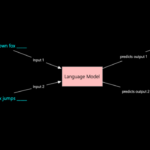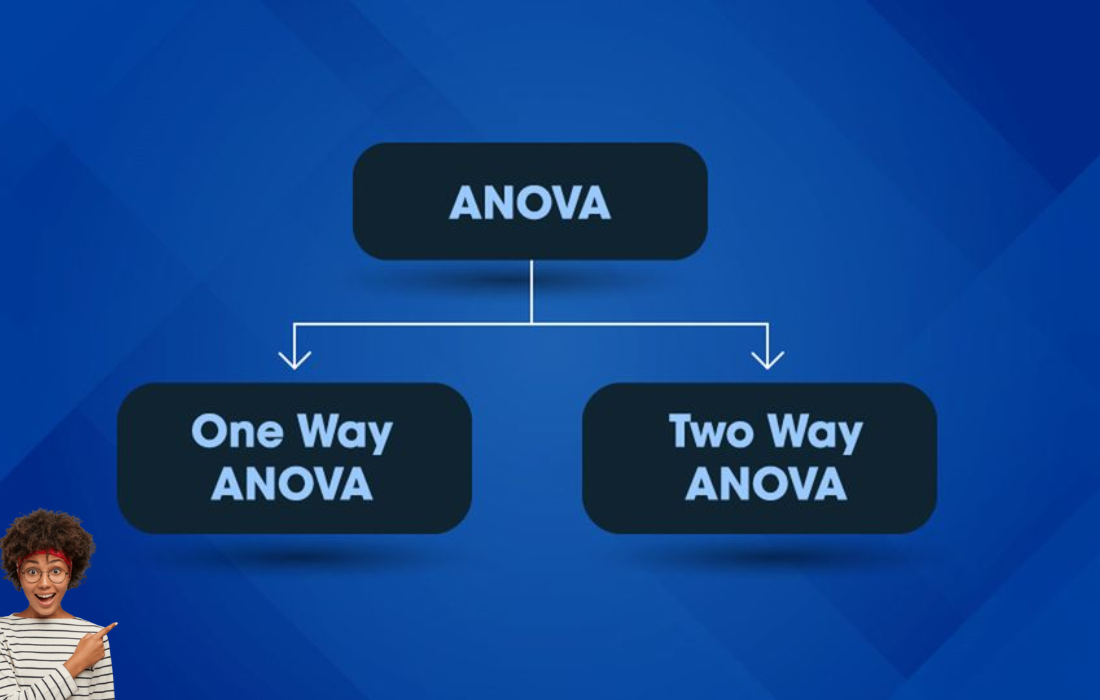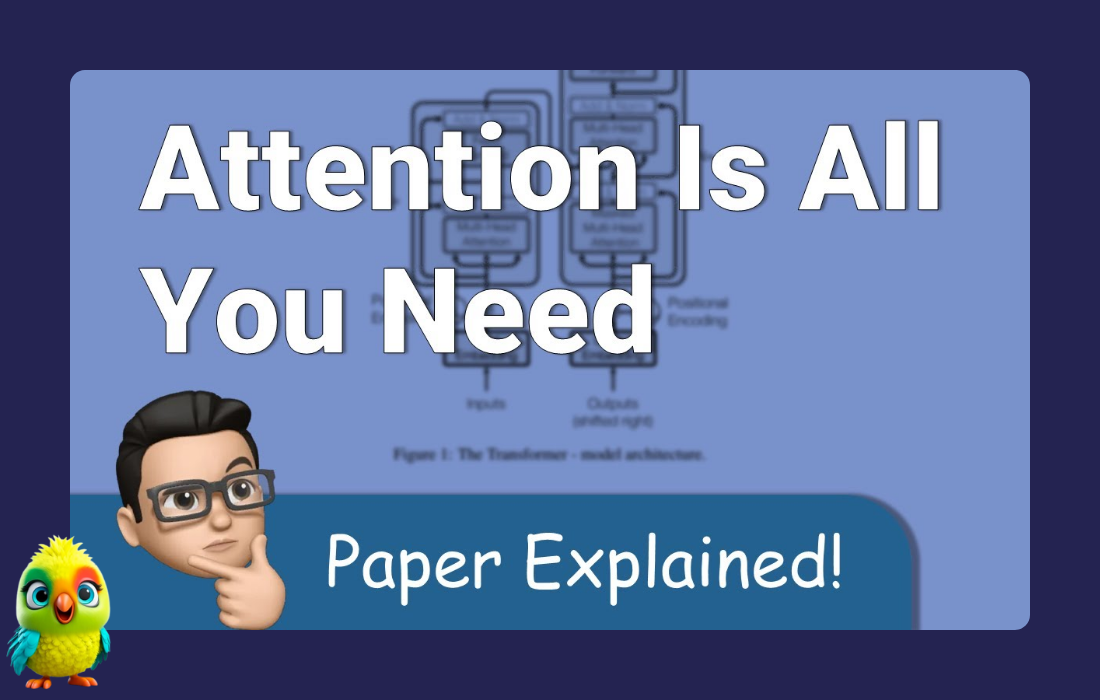What is a Statistical Interaction?
In research and statistical modeling, understanding how independent variables affect a dependent variable is key to drawing meaningful conclusions. However, the effect of one independent variable on the dependent variable can be more complex when other independent variables are involved. This complexity is referred to as statistical interaction.
A statistical interaction occurs when the effect of one independent variable on the dependent variable changes depending on the level of another independent variable. In simpler terms, the combined effect of two variables may not simply be the sum of their individual effects. Rather, their effects can work together in a way that is different from what we might expect if each variable were considered independently.
What Does Statistical Interaction Mean?
Imagine you’re studying how stress levels and practice time affect people’s ability to memorize words. If you look at the main effects, you might find that both stress and practice time alone have an impact on memorization ability. However, if there is an interaction between stress and practice time, the effect of practice time on memorization might differ depending on the person’s stress level. For example:
- At a low stress level, more practice time might lead to better performance.
- At a high stress level, increased practice time might not improve performance as much and could even make it worse.
In this case, stress and practice time don’t just each affect memorization ability in isolation. Instead, their effects interact in a way that changes the overall outcome.
Why is Statistical Interaction Important?
- Understanding Complex Relationships: Many real-world phenomena are influenced by multiple factors working together. For example, someone’s health might depend not just on their diet but also on their exercise habits, genetics, and environment. By recognizing interactions, researchers can get a deeper understanding of how multiple factors combine to influence an outcome.
- Improving Model Accuracy: If interactions exist but are ignored, statistical models can miss important nuances in the data, leading to incorrect or oversimplified conclusions. A model that accounts for interactions between variables provides more accurate and reliable predictions.
- Designing Experiments: In order to find and assess interactions, researchers often use factorial designs. In a factorial design, different levels of multiple independent variables are combined, and observations are made for each combination of levels. This approach allows researchers to assess both the main effects and the interactions between the variables.
How to Identify Statistical Interactions
Statistical interactions can be identified by:
- Visualizing the Data: One of the easiest ways to detect an interaction is by plotting the relationship between the independent variables and the dependent variable. In a case with two independent variables, a line plot or scatter plot with different lines representing the levels of one variable can show if the effect of one variable changes depending on the level of the other.
- Statistical Testing: In regression or ANOVA models, interaction terms are included as part of the model to test for interactions between variables. For example, in a two-way ANOVA, you can include an interaction term between two factors and assess whether this term is statistically significant.
- Model Comparison: By comparing models that include interaction terms versus those that do not, you can determine whether the inclusion of interactions improves the model’s fit and explanatory power.
Example of Statistical Interaction
Let’s revisit the example of stress and practice in word memorization. In a factorial design, you might have the following groups:
- Low stress, low practice time
- Low stress, high practice time
- High stress, low practice time
- High stress, high practice time
If there is an interaction between stress and practice time, the performance in the high stress, high practice time group may not follow the same pattern as in the low stress, high practice time group. In other words, the effect of increasing practice time on memorization could differ significantly depending on whether stress levels are high or low.
Conclusion
Statistical interaction is a powerful concept in research and data analysis, particularly when you are dealing with multiple independent variables that may influence a dependent variable in different ways depending on their combination. By recognizing and modeling interactions, you can gain deeper insights into the dynamics of complex systems and improve the accuracy and usefulness of your analysis. Whether in psychological studies, medical research, or any field where multiple factors come into play, understanding and testing for statistical interactions is essential for making informed, reliable conclusions.
In summary:
- Statistical interaction occurs when the effect of one variable on the dependent variable changes depending on the level of another variable.
- It is most often identified using factorial designs, where all combinations of variables are observed.
- Recognizing interactions allows for a more accurate and nuanced understanding of how multiple variables work together to affect outcomes.
By considering interactions, you can unlock a deeper understanding of the relationships between variables and create better, more predictive models.






















